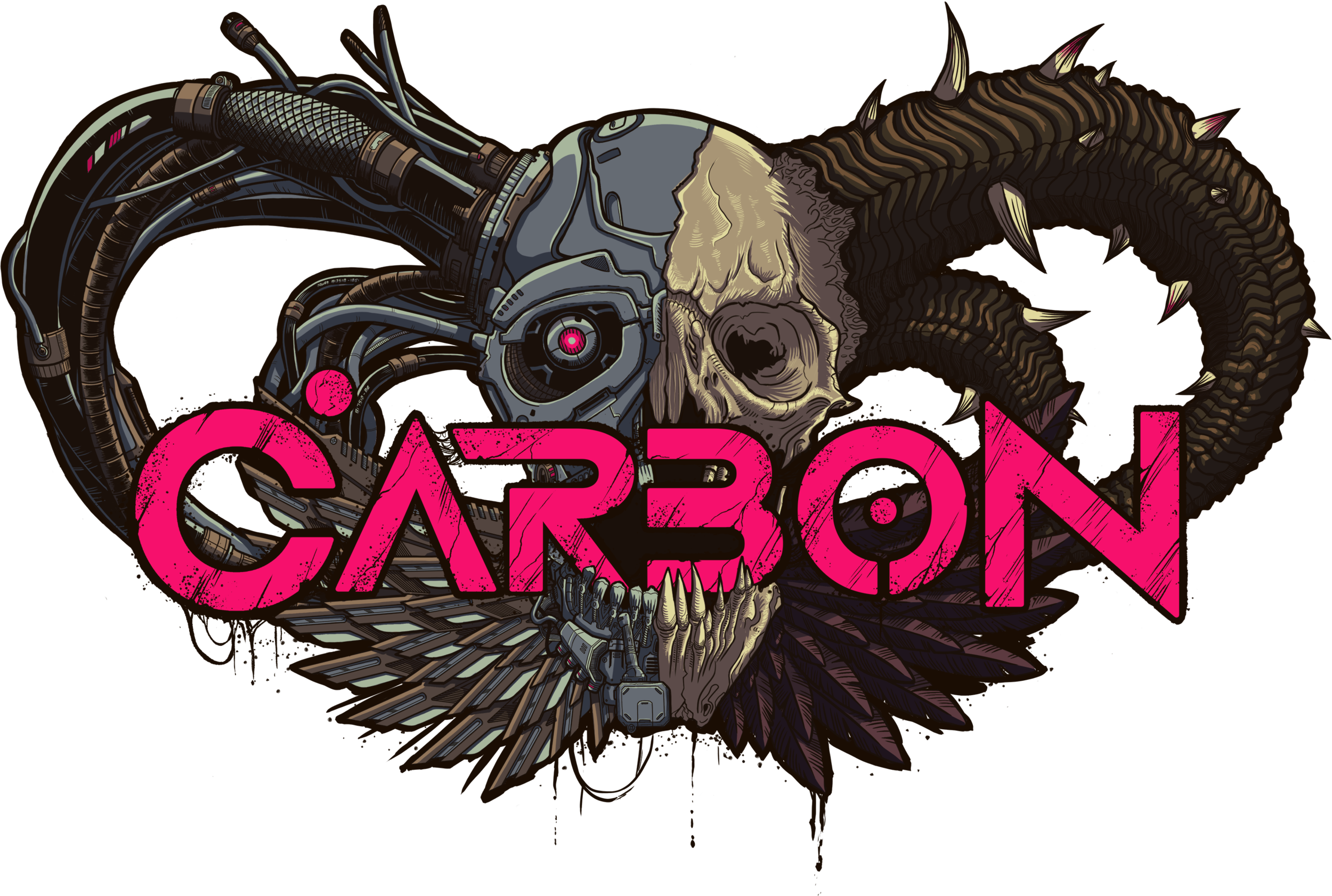Weekly Dev Diary #11 - System Design Introduction
Hi,
I am the gameplay designer at Hardwired. You can find me at our discord channel as Little_bastard22. Before I joined Hardwired as a system designer, the team had four things:
- really compelling high concept
- bunch of great ideas
- ballsy, but experienced team
- and they definitely knew what they wanted to make - an ARPG.
Good enough for me. I was in.
Going from High Concept to Ideas to Systems
System design is a curious work. You are basically trying to distill fun out of game mechanics and export it into boring spreadsheets, formulas and game logic, still respecting the game’s high concept and genre conventions.
Thematically, both cyberpunk and biopunk deal with the questions of identity, usually through the lens of body modifications. Bodymods tend to be rather extreme, completely changing person’s abilities, their appearance and sometimes even psychology and cognition.
We were quick to realize that body modifications should be our core fantasy. Cyberpunk (and biopunk alike) is when your body becomes the tool of your trade, whatever your trade happens to be. If you are a killer, your body becomes a weapon. In terms of ARPG vocabulary, the boundary between character and inventory becomes blurry.
To spare you all the genre theory and philosophical definitions, I will try to illustrate the idea with the language of every ARPG - the base statistics. We are taking a slightly different approach on them, but keeping it intuitive, quick to understand and somehow familiar.
We all know that there are usually three base stats - Strength (STR), Agility(AGI) and Intelligence (INT). Every now and then, they tend to go by slightly different names, but, essentially, they are the same - they describe your character’s physical traits such as strength, movement speed/reflexes and cognitive performance.
One of the ideas the team had was something called “grid system”. Every character, whether tech or bio, would have a statistic derived from the base stat, that would limit the equipment they could handle. You can mount a gatling gun to your wrist, but what good does it serve, if you don’t have enough juice to spin it? So there were certain requirements for your “power grid”, which in turn would be derived from your STR. For other types of equipment (say rigger’s gear), you would use different grid (e.g. INT-based ”processing power” grid), or some kind of improved reflexes for handling fast AGI-based equipment).
There are no restrictions for any character bodytype to choose their equipment as long as you will support it with right grid booster modules, which will allow you to pick your play style.
WIP version of our inventory. Note the grid booster slots above the character.
This sparked an interesting question - can we do without derivative statistics and create a reasonably flexible system that would also make sense within our world and support our core fantasy? (Spoiler alert: Yes, we can.)
So I fired up Excel and quickly did some preliminary calculations - I knew that there will be three booster slots for each character. I also knew we would like to follow the classic ARPG progression - you gradually gain points to your base attributes via levelling. Given our three basic body types STR, INT, AGI), I wanted to give them a head start for their respective stats, but still wanted to provide enough variability to allow for hybrid builds.
NUMBERS GAME
So I started playing around with the numbers. First I took into the account our level cap and tried to do make a linear progression. I differentiated the progression for respective body types (slowed down and capped stats outside of the body type).
Pure progression, no skill points or boosters added.
I added the boosters using similar linear progression and... It didn't work. Something was missing. There was no control over the progression by the player, and certainly no investment into the attributes.
Knowing that I needed to limit the growth of the attributes, give players some agency over their base stat and encourage them to dedicate to at least one of them, I started playing with the idea of effectivity. Regardless if biological or technological, things just don’t convert 100% of energy into other type of energy. But the effectivity can be improved.
So, for each attribute, I plugged in an effectivity variable into my formulas and started adding them into the (then non-existent) passive skill tree. It worked! Players can now start at say 50% effectivity for their grid and level up to 90+ percent. I created a few example builds and all of them made sense in a way! Of course, there are sacrifices to be made when playing hybrid builds, but regarding equip requirements, they should be more than playable.
You can become anything you want to, it will just cost you a few skill points & booster slots.
Now we have a working system of base attributes, that ticks all the boxes - it gives agency to the player, scales well with level progression, feels familiar yet seems original and supports the core fantasy. It works on paper and I really hope it will work in the game!
Let’s just end this on a high note. See you next time, exploring another of our core systems!
- Little_bastard22



